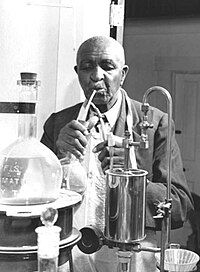When we were little girls, my sister loved to make fancy mud pies and decorate them with leaves, berries, and twigs. I wanted nothing to do with it. Yuk! Dirt is bad, right? You have to wash constantly to get rid of it—your hands, your nails, your feet, your windows, your food, and your clothes. The list is endless.
Dirt is bad unless you are a farmer, a gardener, a potter, a brick maker, an animal, an artist, or want a facial at your favorite spa. Even some medicines have been made with ingredients like clay.
Soil is the very foundation of life and is an energy giving force.
Early Native Americans believed that standing with bare feet or lying directly on the soil allowed them to think and feel more deeply. We are drawn to the earth when we dig for treasure, bury ourselves at the beach, and look for arrowheads.
Soil is the outer most layer of the earth’s crust. It is a mixture of minerals, organic materials plus air and water. As the organic material decays, it mixes with rock particles, minerals and water to form soil. The content of the soil depends on where it comes from on the earth and the make-up of the parent material.
Sandy soil is made up of minerals and rock and is gritty and has large spaces between the particles. Water flows easily through it. Clay soil drains poorly because it has extremely small particles with small space between them. It is older because it took many years for the rocks to break down. Silty soil has rich nutrients and allows for good drainage and excellent growing. Loamy soil is a combination of the other three types of soil. Because it holds water well, it is ideal for gardening.
The qualities of the soil in any given area determine its use. Farming cannot be done easily in clay, just as building on sand is not wise.
One spoonful of soil can support 5,000 species of bacteria. One acre of land can have five to ten tons of animal life. A one-quarter acre lawn might have 200 to 350 earthworms.
Soil is a non-renewable resource, which can be threatened by over-farming and pesticide use. It takes five hundred years to create one inch of topsoil.
 A restaurant in Tokyo, Japan recently made the news by offering a dish costing $110 for those who want to experience the joy of literally eating dirt. Geophagy is the ancient practice of eating soil or soil-like substances such as chalk or clay. Chefs worldwide are experimenting with distilled soil to create an earthy foam to be used in their cooking.
A restaurant in Tokyo, Japan recently made the news by offering a dish costing $110 for those who want to experience the joy of literally eating dirt. Geophagy is the ancient practice of eating soil or soil-like substances such as chalk or clay. Chefs worldwide are experimenting with distilled soil to create an earthy foam to be used in their cooking.You can have your soil tested through the NC Extension Service. Agents can instruct you about taking a sample. They will send it to Raleigh for testing and you can discuss the results with them to see how to improve your own soil for growing.


